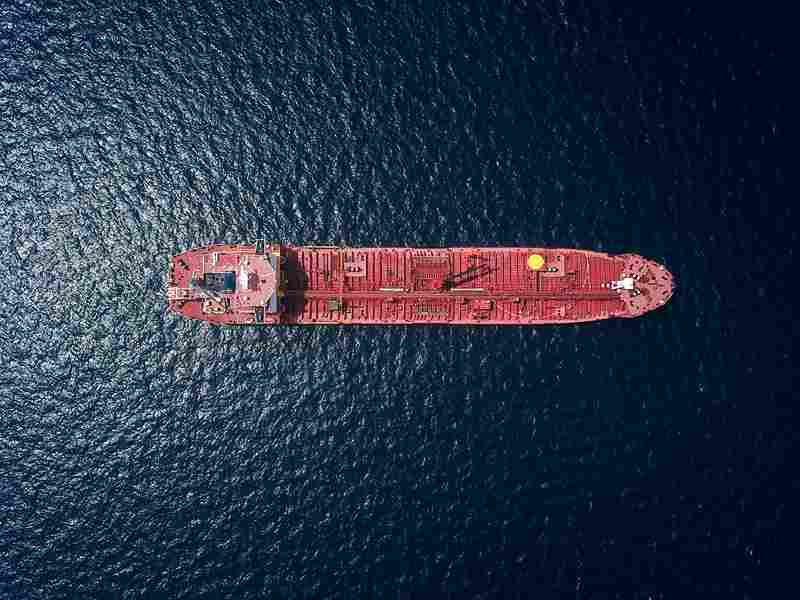
Energy Efficiency Design Index (EEDI) and its Impact on Bunker Fuel Consumption
The Energy Efficiency Design Index (EEDI) is a critical regulatory tool in the maritime industry, aimed at reducing greenhouse gas emissions and improving fuel efficiency through advancements in vessel design. This article explores the significance of EEDI, its implementation in the shipping sector, and its substantial impact on bunker fuel consumption and environmental sustainability.
Understanding the Energy Efficiency Design Index (EEDI)
The International Maritime Organization (IMO) established the EEDI under MARPOL Annex VI to set specific energy efficiency standards for new ships. Introduced in 2011 and periodically updated, the EEDI encourages energy-efficient ship designs and technologies to reduce the environmental footprint of shipping activities.
Key Objectives of EEDI:
- Reducing Greenhouse Gas Emissions: EEDI targets reductions in CO2 emissions per tonne-mile of cargo transported.
- Encouraging Technological Innovation: Promotes the development and implementation of energy-efficient technologies in shipbuilding.
- Ensuring Compliance and Certification: Ships must meet predefined efficiency levels to obtain operational certification.
Implementation and Compliance
Phased Approach:
- Phase 0: Applied to new ships constructed from 2013 onwards, setting baseline efficiency standards.
- Subsequent Phases: Introduce progressively stricter efficiency targets, driving continuous improvement in vessel design and operational practices.
Compliance Mechanisms:
- Calculation Methodology: EEDI calculations consider ship type, size, and propulsion system to determine compliance with applicable standards.
- Certification and Verification: Ships must demonstrate compliance through certification processes and periodic verification.
Impact on Bunker Fuel Consumption
Technological Advancements:
- Optimized Ship Designs: Adoption of hull modifications, advanced propulsion systems (e.g., hybrid, LNG), and energy-efficient technologies reduces fuel consumption.
- Alternative Fuels: Encourages the use of cleaner bunker fuels (e.g., low-sulfur fuels, LNG) to meet emission reduction targets.
Operational Efficiency:
- Fuel Efficiency Measures: Enhanced operational practices, including optimized route planning, speed reduction, and hull cleaning, reduce overall fuel consumption.
- Monitoring and Reporting: Implementation of onboard monitoring systems to track fuel efficiency and compliance with EEDI requirements.
Environmental and Economic Benefits
Greenhouse Gas Emissions Reduction:
- Global Impact: Contributes to global efforts to combat climate change by reducing CO2 emissions from international shipping.
- Air Quality Improvement: Lowers emissions of pollutants such as sulfur oxides (SOx), nitrogen oxides (NOx), and particulate matter (PM).
Cost Savings and Sustainability:
- Operational Savings: Decreases fuel costs and enhances operational profitability through improved energy efficiency.
- Corporate Social Responsibility: Aligns with corporate sustainability goals and enhances reputation in the global marketplace.
Challenges and Future Directions
Technological and Operational Challenges:
- Technological Adoption: Integration of new technologies and infrastructure investment to meet stringent EEDI requirements.
- Regulatory Compliance: Ensuring global compliance and addressing regional variations in regulatory frameworks.
Continued Evolution:
- Future EEDI Revisions: Anticipates further tightening of standards and inclusion of additional vessel types to drive continuous improvement.
- Innovation in Shipbuilding: Promotes innovation in ship design and propulsion systems to achieve higher efficiency levels.
Conclusion
The Energy Efficiency Design Index (EEDI) is a pivotal instrument for promoting sustainable shipping practices and reducing bunker fuel consumption. By encouraging the adoption of energy-efficient technologies and operational practices, the EEDI drives significant reductions in greenhouse gas emissions and operational costs for the maritime industry. As regulatory frameworks evolve and technological advancements continue, adherence to EEDI standards will remain integral to achieving long-term environmental sustainability goals and enhancing the efficiency and competitiveness of global shipping operations.





